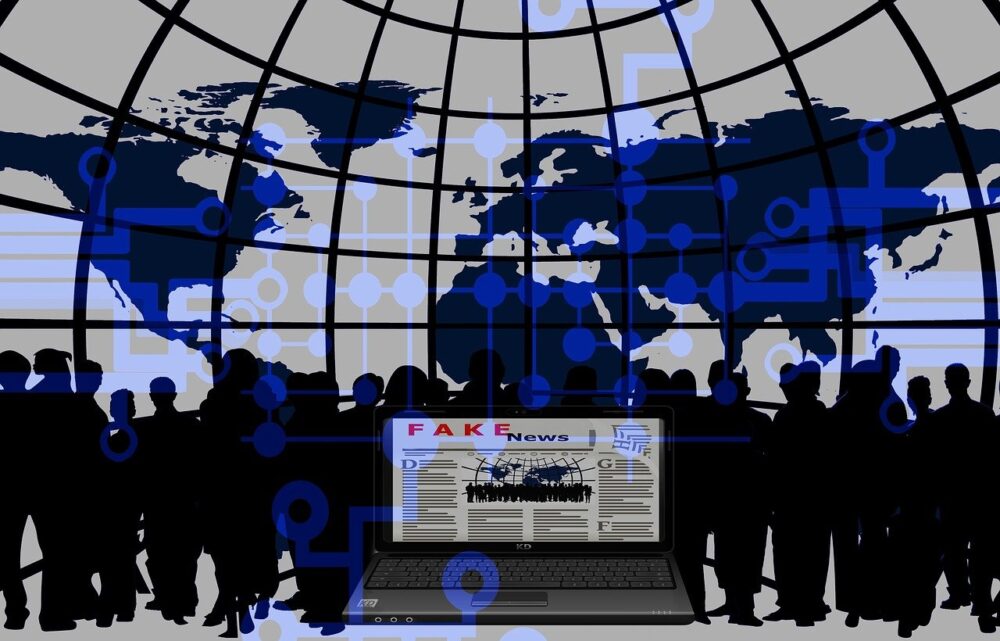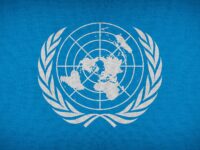The emergence of social media within the last decade has revolutionized modern society, allowing individuals to stay connected from distant parts of the world. However, like with many revolutionizing technologies, with great power comes great responsibility. Lacking proper guidance, platforms allowing individuals to post as they wish had created vast amounts of false information circulating throughout the internet. Although this may seem like nothing more than a minor inconvenience in fields such as sports broadcasts or reality television, the potential detrimental effects of such a phenomenon in healthcare can have deadly consequences and have been vividly exemplified by the coronavirus pandemic.
Although this may seem like nothing more than a minor inconvenience in fields such as sports broadcasts or reality television, the potential detrimental effects of such a phenomenon in healthcare can have deadly consequences and have been vividly exemplified by the coronavirus pandemic.
Health literacy is the ability of individuals to obtain, understand, and apply information to make educated health decisions. Insufficient health literacy has been linked with a higher risk of hospitalization and a higher utilization of healthcare services. Because the United States contains a significant population vulnerable to low health literacy — including immigrant, minority, and low-income groups — the potential maladaptive effects of medical misinformation consequently carry greater weight during a pandemic, where such information is vital to the health outcomes of a society. Along with the rapid spread of the coronavirus in early 2020, the spread of false information from unauthorized parties, exacerbated by panic and fear, quickly plagued many social media platforms. This confusing and contradicting guidance steered the country’s attention away from epidemiologists, public health officials, and researchers to the hysteria of underqualified voices across the internet. Ultimately, this further muffled the important guidance from health officials regarding the virus, jeopardizing the health of the vast already at-risk population.
Therefore, the more appropriate solution may not be to search for and chastise one perpetrator but to instead implement strategies to increase health literacy of the most vulnerable.
So, who is to blame for health misinformation on social media? When approaching this situation, it is difficult to point a finger at a specific, individual perpetrator. Social media platforms have evolved to serve as spaces for users to exercise their freedom of speech, where emotional, fearful, or even panic-fueled statements are free to be released from a middle schooler to the president, no matter the influence or impact that a given individual’s words can create. Therefore, the more appropriate solution may not be to search for and chastise one perpetrator but to instead implement strategies to increase health literacy of the most vulnerable. This can be achieved by eliminating the polarization between scientific research and subjective mainstream media. Those in control of powerful media platforms, such as Facebook and Twitter, can reach out to crowds of millions of people, so they should be held to a legal obligation to only release professionally examined and approved information. The World Health Organization has taken a grip in this issue by implementing mechanisms across social media platforms to report inappropriate or false information.
The general public must become more accustomed to the presentation and review of research publications from reputable databases as their primary source of retaining information.
In addition, bridges between research publications and the general public must be built. As a research technician, I am fully aware of the complexity and convolution of many research findings and publications. In many cases, the vocabulary and reasoning of such publications require a higher level of knowledge in a given field, repelling less-informed readers. These factors construct an invisible barrier separating the general public and the most relevant and accurate information available regarding COVID-19. Particularly in times of urgency and distress, individuals are easily drawn to the most straightforward or stimulating information to follow, which are both common characteristics of false information presented on social media. In response, the general public must become more accustomed to the presentation and review of research publications from reputable databases as their primary source of retaining information. This can be accomplished by placing a greater emphasis on scientific studies in the educational system, familiarizing and encouraging individuals from a young age to resort to published scientific literature. Alternatively, a more simple synopsis should be accompanied with convoluted research publications to attract readers who are less familiar with the field or those who have language barriers. This would function to promote a greater news ecosystem built on the foundation of truth and understanding, instead of the biased, subjective, and uninformed views prevalent on social media.
Source: 1
Image Source: Pixabay






